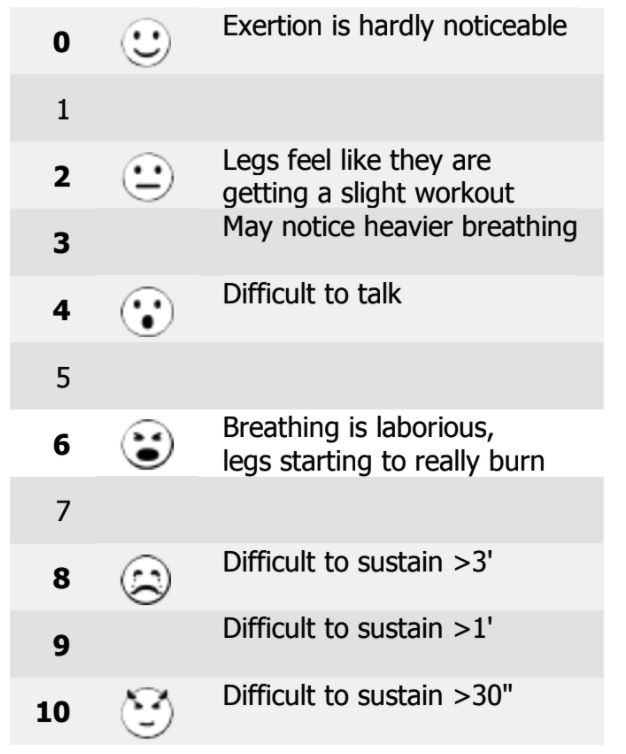Training advice
Kushan
- How do I approach goal-setting beyond the first brevet? Should I aim for a faster time? More 200k in a year? Longer distance? A combination of the above? There is probably no silver bullet here but I'd be curious to know what others did and if one of the above is considered more natural progression in the randonneuring world.
- What are some training resources I can leverage? I finished DPR in 13:15 (of which time on the saddle was just under 11 hrs). I was absolutely exhausted at the end and could barely move. Although recovered well and was feeling back to 100% by Sunday noon. I am not looking to set time records but would like to at least train to the point where 200ks don't feel so taxing - especially since all other 200k brevet are higher elevation. Most books/blogs I found on the interwebs seem to be racing focused and I am not sure how to adapt them to my objectives.
jinu...@gmail.com
Greg Merritt
- Ride your bike
- Ride your bike more
- Ride your bike hard -- sometimes
- 5., 6., 7., ...all manner of training plans, structured riding, equipment, coaching, physiological tests, etc.
From: Greg Merritt <greg.m...@gmail.com>
Date: Mon, May 28, 2018 at 6:16 PM
Subject: On Training: why "ride hard -- sometimes"
To: PBP_prep <pbp_...@googlegroups.com>

Juliayn Coleman
Raphael
Hi Kushan and welcome to randonneuring and ultra-cycling.
When I started, I exactly did what Juliayn recommends – riding a 200k every month. It helps test your fitness, equipment/position, food/liquid, stops, …
You can also find a lot of useful information on this webside Ride Far – Bikepacking & Ultra-Distance Cycling Advice
Hope it helps!
Cheers, Raphaël
--
--
This message is from the San Francisco Randonneurs list at sfra...@googlegroups.com
Search the archives at http://groups.google.com/group/sfrandon
For SFR's schedule and general information, visit http://sfrandonneurs.org/
To unsubscribe, email sfrandon+u...@googlegroups.com
---
You received this message because you are subscribed to the Google Groups "San Francisco Randonneurs" group.
To unsubscribe from this group and stop receiving emails from it, send an email to sfrandon+u...@googlegroups.com.
To view this discussion on the web visit https://groups.google.com/d/msgid/sfrandon/0c9f6f50-c3a0-4eef-b8d9-56a72d34ce0bn%40googlegroups.com.
Sourav Das
--
--
This message is from the San Francisco Randonneurs list at sfra...@googlegroups.com
Search the archives at http://groups.google.com/group/sfrandon
For SFR's schedule and general information, visit http://sfrandonneurs.org/
To unsubscribe, email sfrandon+u...@googlegroups.com
---
You received this message because you are subscribed to the Google Groups "San Francisco Randonneurs" group.
To unsubscribe from this group and stop receiving emails from it, send an email to sfrandon+u...@googlegroups.com.
To view this discussion on the web visit https://groups.google.com/d/msgid/sfrandon/aa60a18c-85e5-4ddd-908e-99d90d367cd8n%40googlegroups.com.
Kushan
Greg Merritt

